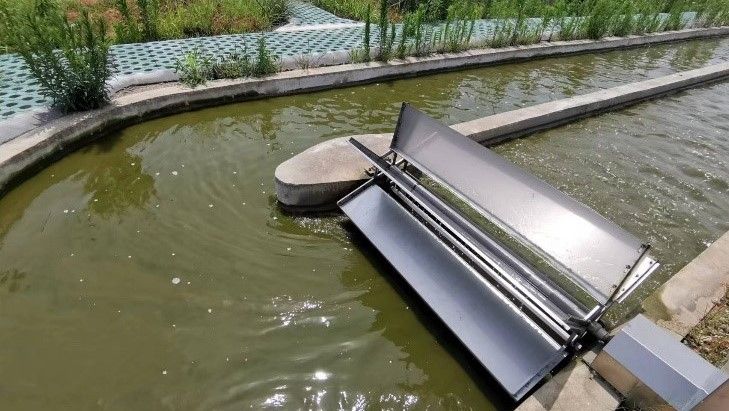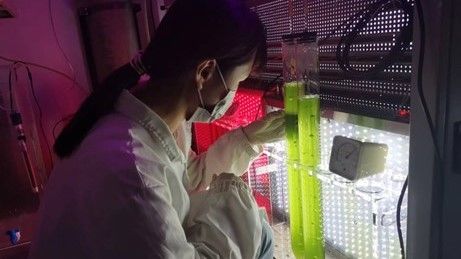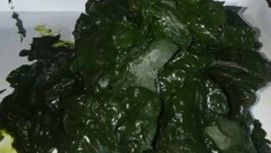Cultivation of algae with nutrients derived from pre-treated aquaculture waste.
Sep 08, 2022
Dissolved nutrients from fish farms can be taken up by primary producers such as algae. Especially microalgae can rapidly assimilate nutrients in wastewater. Microalgae-based wastewater treatment is therefore considered to be an effective method for the removal of the nutrients by converting them into biomass. At the same time, the algae biomass harvested can then be used to produce functional feed ingredients. Depending on the species and growth conditions, algae cells can contain high amounts of oils, proteins, or carbohydrates, and produce functional substances with applications in both human and animal nutrition.
The work related to WP2 will focus on the performance of selected microalgal species grown in effluent from different digestion processes of aquaculture sludge with regards to nutrient uptake rate, growth and biomass productivity. During the first year of the SAFER-IMTA project, Chlorella sorokiniana was chosen for investigation as this species can effectively remove nitrogen and phosphorus from effluent from aquaculture.
The first set of experiment conducted in the research laboratory at the Institute of Hydrobiology resulted in a better understanding of the effect of light qualities on the growth, biochemical composition, and nutrients removal of Chlorella sorokiniana cultivated in aquaculture wastewater.
The second set of experiment was conducted in open raceway in which biotransformed aquaculture wastewater and sludge from an intensive RAS carp rearing system in Wuhan (China) were evaluated for nutrients recovery and subsequent cultivation of the microalgae, Chlorella sorokiniana. As a results 1 kilogram of macroalgae product were produced to be further tested in the on-going fish feeding trials.
Considering an aquaculture production of finfish in 2018 of 54.3 million tonnes worldwide (FAO, 2020), the annual production of aquaculture generates large amount of organic waste. As a consequence, the waste valorization and resource recovery of aquaculture sludge is a major environmental challenge for the industry. The recovery of nutrients by microorganisms from aquaculture sludge into bioavailable and soluble nutrients could provide a valuable source for cultivation of microalgae. Algae biomass production based on recovered nutrients from aquaculture sludge may decrease the costs of biomass production and simultaneously simplify the aquaculture sludge treatment process.

Master student Yeqing He controlling the microalgae cultured in aquaculture wastewater under white light (Photo: Institute of Hydrobiology).

Microalgae paste harvested from the raceway after cultivation with biotransformed aquaculture waste (Photo: Institute of Hydrobiology).